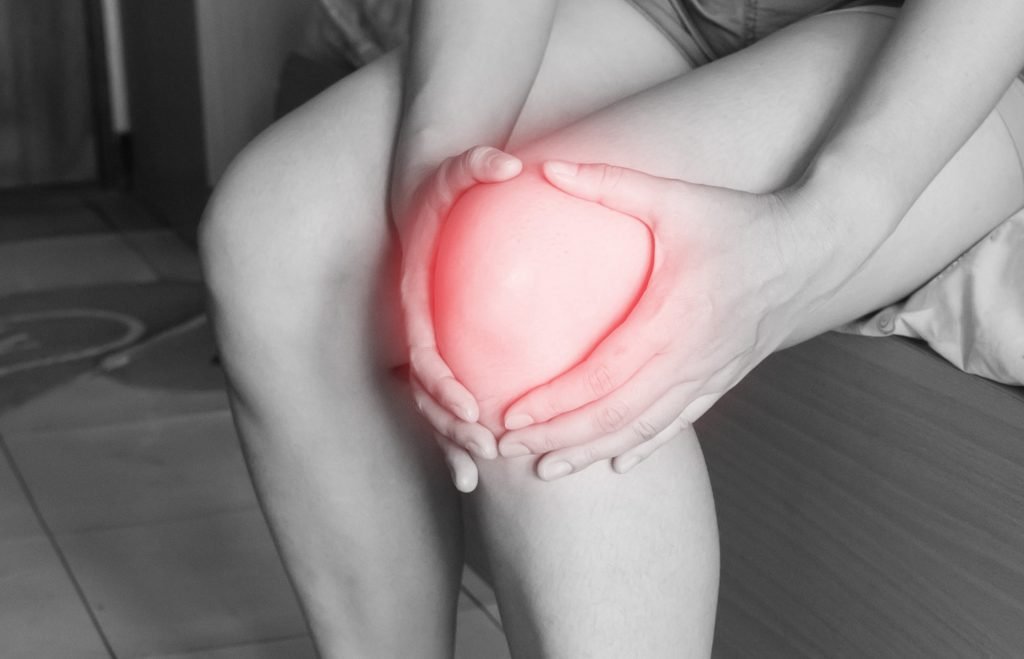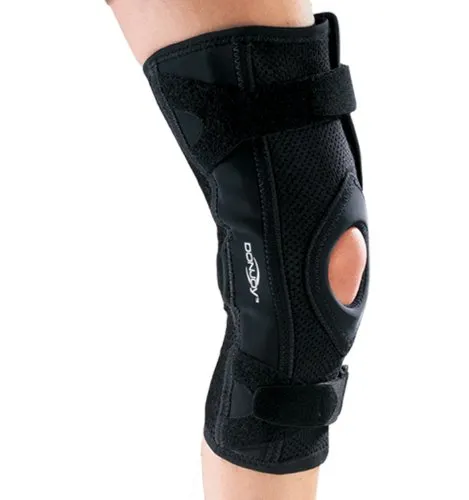
Having sustained a painful knee injury recently, I have been unable to do anything that involves twisting or loading the knee significantly. There is some irony in this, as my last blog post was on Qigong and joints.
In the acute phase, this has ruled out doing my regular Tai Chi routines and many of my Qigong routines (ShiBaShi Qigong is the only routine I can safely do at present). This is due to pain, and the risk of causing further inflammation and/or damage to the soft tissues.
So what do we do in this situation? Isn’t Qigong and Tai Chi supposed to be good for your knee issues? The answer is yes, but it depends on the knee issue or injury. In the last blog post I talked about the benefits of Qigong for joints; knee issues, and that stands. (Link) Chronic knee issues and ongoing arthritic problems respond brilliantly to Tai Chi and Qigong over time.
However, during a more serious injury or the acute phase when pain and inflammation are often greatest, what do we do? We may be having trouble just walking due to pain and inflammation, and sleeplessness at night due to throbbing knee pain. First thing is to seek medical advice and treatment. This will generally mean a course anti-inflammatory drugs and rehab if surgery is not required. You definitely need to rule out surgical intervention. In Australia it used to be the case that most significant knee issues were met with an arthroscopic surgery. In recent years this has changed.
When a student reports a recent strained knee, as an instructor, I would recommend decreasing their stances, and taking much shorter steps when doing their Tai Chi. This is while accessing the student’s movement pattern and obtaining feedback on their comfort levels. Common sense has to prevail, if its hurting then back off and stay within comfort levels. I may also recommend investing in a knee brace to support the integrity of the knee during this time. This would definitely be the case with a more serious knee injury, and is exactly what I have done.

In the above example we are referring to a minor knee strain or a slight flair up of a chronic arthritic problem. However if the knee injury is significant, as is the case with meniscus, ligament and cartilage damage. A much more conservative approach is required. This may mean the cessation of regular practice for a short time, or only doing the upper body portion of the movements in a seated position. Any twisting load on the knee will be painful and may slow healing or create further damage. In most instances, medical professionals and therapists will encourage you to keep the joint mobile within pain tolerance. This actually encourages healing as it keeps joint fluids and blood supply active to the knee.
Rehabbing your Knee – Qigong Backward Walking
After following relevant medical and practitioner advice, there is much we can do to help ourselves.
In China you will often observe, particularly in the mornings and evenings, older Chinese walking backwards while clapping their hands. This is an ancient Taoist and Qigong practice that is done for longevity and health. It is especially good for strengthening, preventing injury and arthritis in the knees. It is this simply practice that can speed up the healing process of our knee injury and future proof our knees. Walking backwards has also been shown to help prevent lumbago, or lower back pain, reduce chances of a misshapen spine, and strengthen the abdominal muscles. Walking backwards burns a fifth more calories than walking forwards and also improves balance and coordination. The Chinese say walking at least one hundred steps backward every day will protect the knees, lengthen your life and balance the Qi.
In the west this backward walking is often referred to ‘retrowalking’ and is being employed by movement specialists and physiotherapists in the rehabilitation of Knee meniscus, ligament and tendon issues. Walking backward stimulates the nervous system associated with our gait very differently(beneficially) than walking forward. It improves our balance and strengthens the stabilizing muscles associated with knee mechanics in a very different way to simply walking forward. Many of the conventional exercises for rehab often have the risk of stirring up knee pain or inflammation. Things like lunges and squats, which are often prescribed with well meaning intent, can often be a little detrimental, especially by increased pain.

Backward walking is simply and very unlikely to make things worse. Simply stepping back with your foot, toes first, then heel and moving backward. It will initially feel a bit weird, and balance may be challenged until you get used to it. Building up to as little as ten minutes a day will see improvement in knee stability. The more you do, the better, and it doesn’t all have to be done in one hit. You can do it morning and evening like the older Chinese do, or throughout the day. After initially introducing this technique into to your regiment, you up the anti by walking backwards up a small incline. This will increase the work load on your muscles but doesn’t overly load up the injured knee like squats or lunges will. As things start to improve with your knee, you can increase the strengthening effect by walking up steeper inclines ,and stairs backward ensuring to hang onto the railing at all times. These three steps need to be done progressively and to knee tolerance.
While I am in the early stages of healing my meniscus and cartilage injury, I have found walking backward daily for ten minutes plus, has resulted in more stability and slightly less pain. I have been able to reduce my anti-inflammatorys to two a day instead of three.
Not withstanding this sort of injury any knee arthritic problem will respond over time to this timeless Chinese practice. It can become a part of your warmup when ever you do Qigong or Tai Chi. It will now be an ongoing practice for me when ever I do my Qigong practice, a very beneficial addition I would recommend to all.
And from the west, an article was published in the North American Journal of Medical Sciences regarding ‘retrowalking’ as having a positive effect on patients with knee osteoarthritis.
In ending this blog post, I encourage everyone to incorporate backward walking (retrowalking) on a daily basis for the health and longevity of your knees, young and old.
Remember; “one hundred backward steps a day for strong knees, long life and to balance your Qi”
(Disclaimer: the recommendations in this blog are not prescriptive and are no replacement for medical advice regarding knee injury. While backward walking is generally very safe the onus is on the reader)
Yours in Qigong and Taijiquan